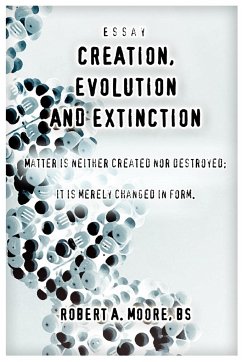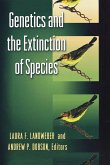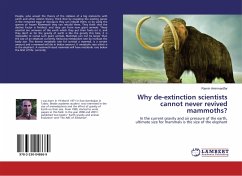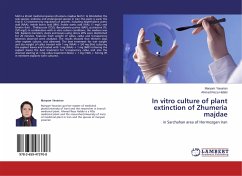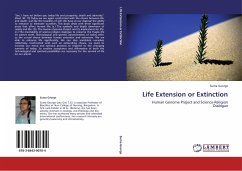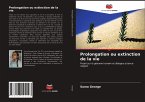Developed after a meeting at the Santa Fe Institute on extinction modeling, this book comments critically on the various modeling approaches. In the last decade or so, scientists have started to examine a new approach to the patterns of evolution and extinction in the fossil record. This approach may be called "statistical paleontology," since it looks at large-scale patterns in the record and attempts to understand and model their average statistical features, rather than their detailed structure. Examples of the patterns these studies examine are the distribution of the sizes of mass extinction events over time, the distribution of species lifetimes, or the apparent increase in the number of species alive over the last half a billion years. In attempting to model these patterns, researchers have drawn on ideas not only from paleontology, but from evolutionary biology, ecology, physics, and applied mathematics, including fitness landscapes, competitive exclusion, interaction matrices, and self-organized criticality. A self-contained review of work in this field.
Hinweis: Dieser Artikel kann nur an eine deutsche Lieferadresse ausgeliefert werden.
Hinweis: Dieser Artikel kann nur an eine deutsche Lieferadresse ausgeliefert werden.


